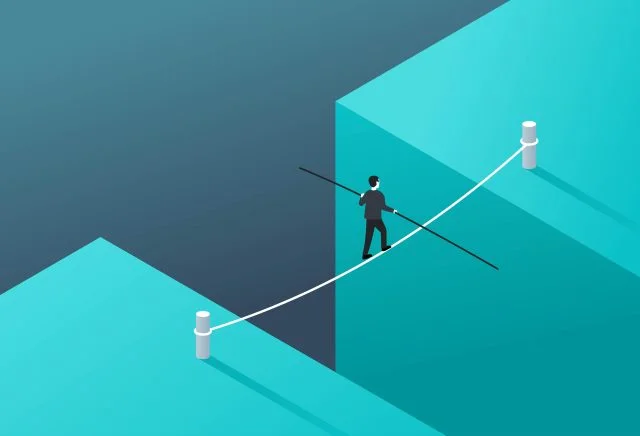
Top Economists Seek Solutions to Inequality
Something remarkable is happening in the economics profession. Top researchers in the field have begun arguing for policies to alleviate growing U.S. income and wealth inequality.
For decades, inequality wasn’t taken very seriously by economists. But that view “has changed dramatically,” said James K. Galbraith of the University of Texas at Austin, who moderated a Zoom panel at the annual meeting of the Allied Social Science Associations last week.
Inequality, Galbraith said, has “become one of the most important questions economists face.”
And COVID-19, argued Nobel laureate Joseph Stiglitz, a panelist, “has brought out very forcefully the nature of the inequalities in our society” and has “exacerbated those inequalities.”
The pandemic’s effects include larger increases in unemployment for low-wage workers, who are disproportionately Black and Latino and often work for small businesses devastated by efforts to suppress the virus. In addition, front-line workers like home health aides and meat-packing workers are being exposed to the virus but don’t always have paid sick time. There are also growing concerns about the longevity gap and about a widening educational gap between students from poor and high-income neighborhoods resulting from online learning.
The economists, having agreed inequality is a problem, identified the myriad forces driving it. They range from the persistent segregation of Black and white neighborhoods to the ability of the wealthy to invest and accumulate more wealth, while wage workers can barely get by. In a cutthroat global economy, the decline of unions has also stripped workers of their ability to bargain with employers for higher wages, they said.
Another panelist, Teresa Ghilarducci, brought attention to the inequality that exists among retirees. This can be seen in the downward mobility many people experience after they retire and can no longer support the standard of living they had while they were working.
To address these complex problems, the economists said a comprehensive policy agenda is needed that includes beefing up Social Security benefits – the great equalizer – for disadvantaged retirees, more taxation of inheritances, educational equality at the preschool through college levels, sturdier social safety nets, and new labor rules that give workers back some of the power they have lost.
Another panelist, Jason Furman, former chair of President Obama’s Council of Economic Advisers, agrees that an array of policies will be required to combat inequality. But he also argued that the two major relief bills Congress passed last year – a total of $2.9 trillion – probably reduce inequality.
The bills beefed up weekly unemployment benefits and began covering gig and other workers who previously couldn’t get these benefits, while giving Americans more cash assistance in the form of government checks – $1,200 per person last spring and $600 in December.
“We did something I think we can be proud of,” Furman said, and showed “that you can, if you want to, break the link between what’s happening in the market economy and the economic plight of workers.”
Read our blog posts in our ongoing coverage of COVID-19.
Squared Away writer Kim Blanton invites you to follow us on Twitter @SquaredAwayBC. To stay current on our blog, please join our free email list. You’ll receive just one email each week – with links to the two new posts for that week – when you sign up here. This blog is supported by the Center for Retirement Research at Boston College.
Comments are closed.







About time! Don’t applaud “essential workers” – pay them a living wage. In 2021, $15/hour should be the minimum wage everywhere and higher in high cost of living areas. There is no excuse for the disparities in income in this country.
Certainly, income inequality is a concern. Anything that adversely impacts the economy – including the impact of our government’s policies regarding COVID-19 – exacerbates those inequalities.
One remedy sequence not mentioned is for individuals to successfully complete high school, and from there obtain post-secondary education (college or certification) in a field that is marketable, in-demand, and pays well, rather than settling for a low-income or minimum wage job (that have no paid sick time). That applies to Blacks, Whites, Latinos……and would also go a long way to reduce the longevity gap mentioned. As for the widening educational gap between students from poor and high-income neighborhoods, in the state I live in (Ohio), poor and low-income school districts receive total (local + state + federal) per-pupil funding between 2x – 2.5x the amount that high-income school districts receive.
A final point is that income inequality is not a zero-sum game. It’s not the wealthy against the non-wealthy. Just because you make a million dollars doesn’t mean that I can’t. Just because someone else is rich doesn’t mean that you and I can’t be. There isn’t a finite amount of wealth or income out there. Anyone can get theirs. The pie simply grows larger for however many do. But, you and I have to make the effort.
It’s up to each of us to adapt to the times & make the right choices today to get us where we want to be tomorrow. Whether that be $15/hour or $50/hour, our personal choices are the primary determinants.